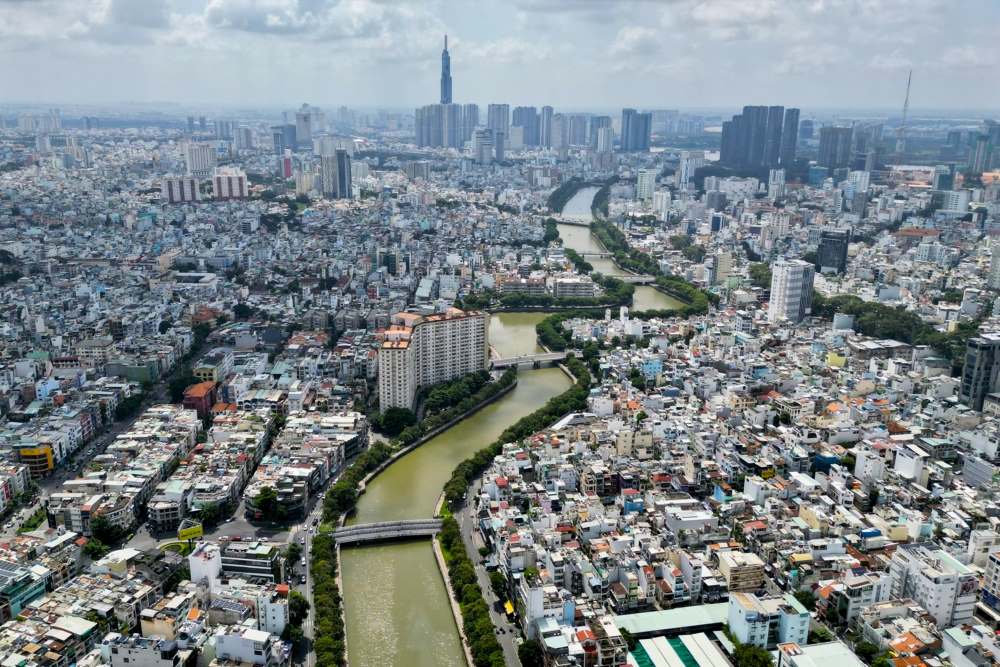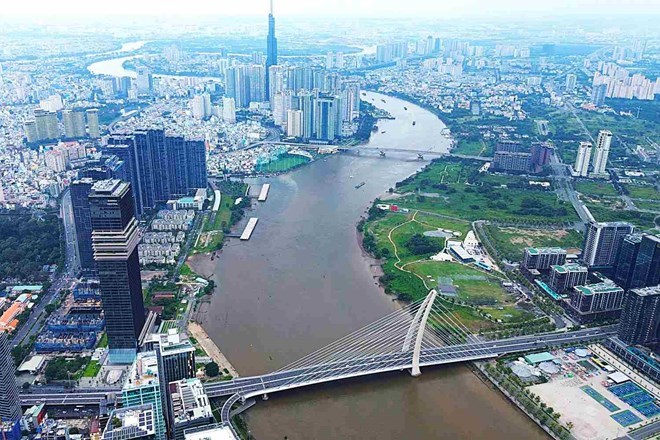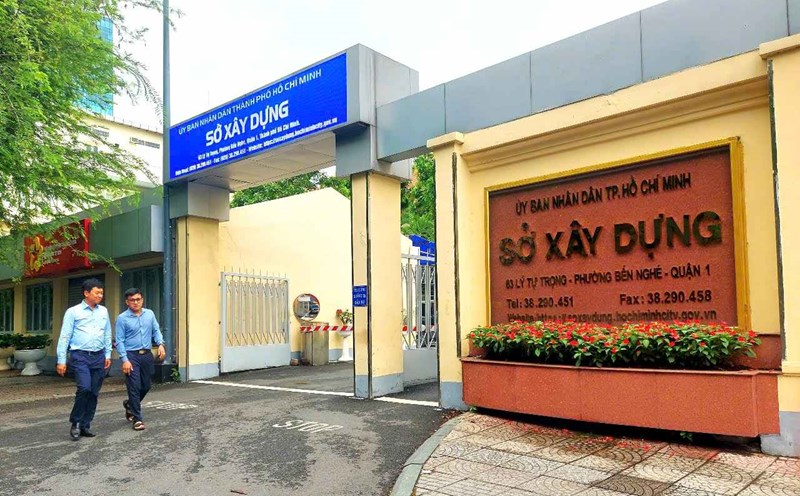In the period of 1975 - 1993, planning, construction and urban management in Ho Chi Minh City was divided into four agencies: the Basic Construction Committee (general management, urban planning direction); Department of Construction (management of production, materials and construction techniques); Department of Housing (management of housing, land) and Department of Urban Construction (management of water supply, environmental sanitation, waste).
From 1993 to 2002, Ho Chi Minh City applied the Principal Architecture model. Although the effectiveness has not been as expected, this model has left its mark with the completion of the master plan, general planning for 18 districts and 315 detailed planning projects on an area of nearly 380 km2...
On November 27, 2002, the Prime Minister issued Decision 168/2002/QD-TTg, establishing the Department of Planning and Architecture of Ho Chi Minh City on the basis of the Chief Architect's agency.
Since then, the Department of Planning and Architecture of Ho Chi Minh City has achieved many achievements: completing the general planning of the whole city, zoning planning of 24 districts; appraising thousands of detailed projects 1/2000, 1/500; architectural guidance for many key projects.
In addition, the department is a pioneer in administrative reform with the ISO 2000 process, applying information technology to publicize planning, typically the Ho Chi Minh City Planning Information Application. This unit also advised on the preparation of the Project to adjust the General Planning of Ho Chi Minh City to 2040, with a vision to 2060.

In February 2025, the Ho Chi Minh City People's Council approved the policy of merging the Department of Planning and Architecture into the Department of Construction.
By April 2025, the Department of Construction will continue to merge with the Department of Transport of the Government (formed from the reorganization of the Department of Transport). After the merger, the Department of Construction has up to 23 specialized departments.
In July 2025, when Ho Chi Minh City merged with Binh Duong and Ba Ria - Vung Tau, the Ho Chi Minh City Department of Construction continued to merge with the Department of Construction of these two localities, forming a apparatus with 23 specialized departments and 12 public service units.

At the 4th Ho Chi Minh City Party Executive Committee Conference (term 2020 - 2025), held on September 15, City Party Committee Secretary Tran Luu Quang said that the Standing Committee of the City Party Committee has decided to separate the Department of Planning and Architecture from the Department of Construction to meet the new development requirements of the city after the merger.
Mr. Tran Luu Quang explained that the merger of the Department of Planning and Architecture into the Department of Construction at the beginning of this year did not fully estimate the workload and development scale of Ho Chi Minh City when expanding nearly 7,000 km2, with a population of more than 14 million people. The city needs a specialized agency with sufficient capacity and resources to comprehensively undertake planning and architectural work.
According to the Secretary of the Ho Chi Minh City Party Committee, the city is urgently developing a comprehensive Socio-Economic Development Plan as a basis to attract strategic investors, while implementing sectoral and infrastructure plans.
Mr. Tran Luu Quang suggested that the city simultaneously implement these plans, and can hire international consultants using socialized capital, but needs a specialized department to advise and coordinate.
Dr. Vo Kim Cuong - former Deputy Chief Architect of Ho Chi Minh City - commented that the separation of the Department of Planning and Architecture is necessary, but the role of the Department of Construction in the implementation stage must also be clearly seen.
When separated, the responsibilities are determined: planning to take care of vision, design and supervision; building and being responsible for implementation, mobilizing resources and realizing the planning.
"The two are still coordinating but are more compact and transparent. A large city like Ho Chi Minh City needs a planning apparatus with enough visibility and a construction apparatus with enough action. Only then can the city meet the requirements of development and reach the regional and world level" - Mr. Cuong emphasized.











